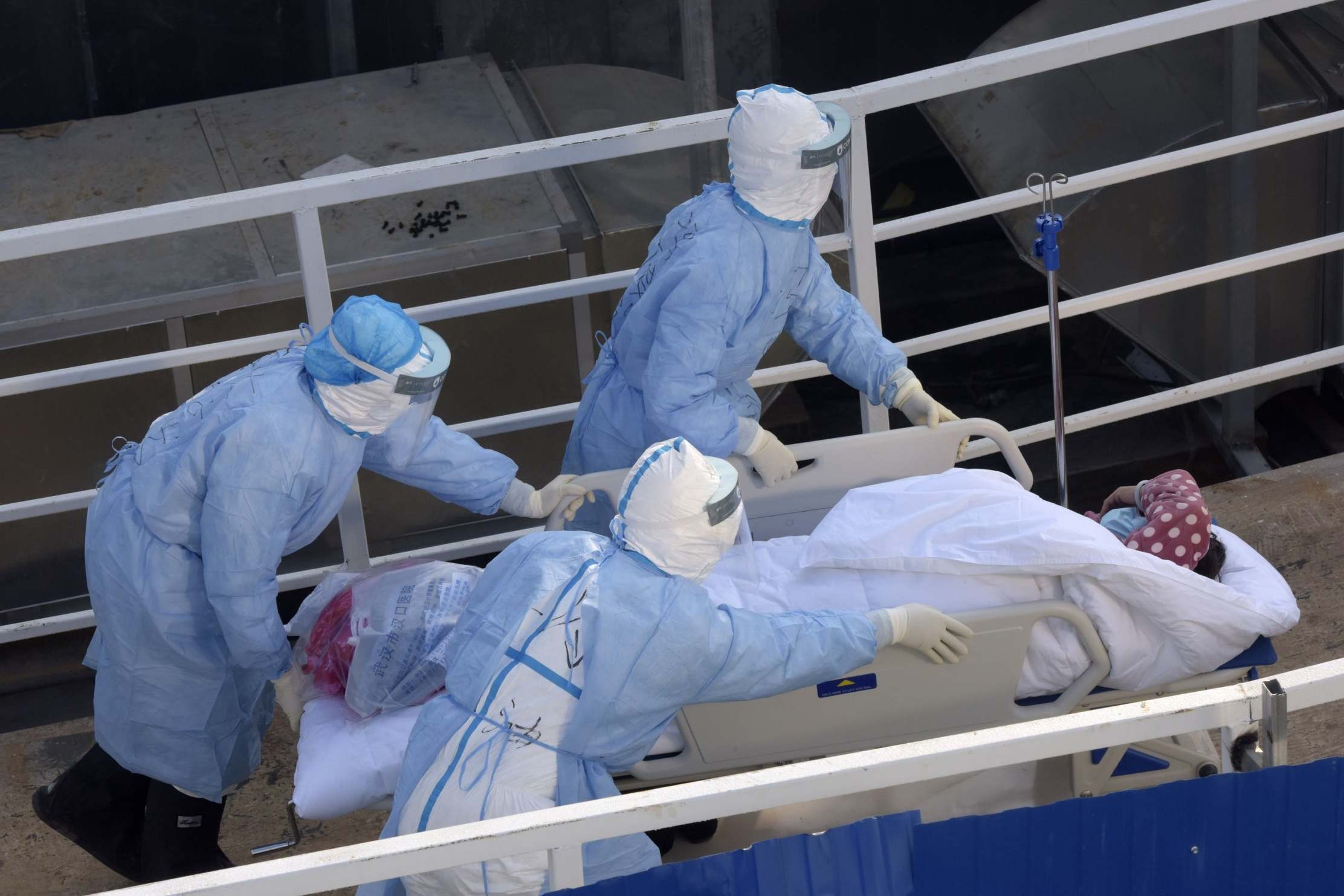Is the NHS right to be gearing up for a coronavirus surge?
The last thing busy hospitals need is a wave of potentially infected people spreading the virus to already vulnerable patients, writes Shaun Lintern


Only two patients in the UK have tested positive for coronavirus but the NHS is taking no chances and has instructed hospitals to start preparing for a possible “surge” in patients attending emergency departments.
In a letter to more than 140 hospital bosses, NHS England has instructed them to create isolated coronavirus pods where patients with suspected infections will be sent and told to use a phone to be assessed for possible infection.
It’s fair to say this surge in patients may not in fact come from an exponential outbreak but from scores of worried well who may foolishly travel to their local hospital for reassurance over their sniffles.
But while it may be easy to make light of NHS England’s diktat to local hospitals, it reveals a sense of caution at the highest levels. Emergency departments are already struggling to cope with record waiting times and patients being cared for on corridors.
The last thing busy hospitals need is a wave of potentially infected people spreading the virus to already vulnerable patients, who are more susceptible than others to a devastating infection.
So in one sense NHS England has taken a pragmatic approach that attempts to head off the challenge that may, and is by no means certain, to be heading towards the doors of A&E.
Initially hospitals will be using posters to stop people who suspect they may be infected from entering the building with clear directions to the “pod” for their assessment.
If they do enter the hospital they will be identified as soon as possible by staff in the A&E and again diverted to the pod.
But some are questioning these processes and the order to build in very short time what is effectively a telephone box on hospital grounds. One chief executive was clear that this felt like an overreaction.
Dr Bharat Pankhania, senior clinical lecturer at the University of Exeter, also highlighted that creating a small area for potentially infected people to gather could create even more of an infection risk.
He told The Independent that during the pandemic swine flu the public were compliant when told they needed to call NHS 111 for assessment and would not be seen by their GPs or hospitals.
NHS England’s letter does raise the question: why not simply order patients to go home? One factor to consider is that it is not always that easy or simple to categorise a patient and some may well be in genuine need of hospital care and could be sent home when they need to be admitted.
It is worth repeating that the risk to the British public is low and the coronavirus appears to have a low mortality rate for the numbers infected.
Nevertheless the NHS is gearing up for a bigger problem. That may be sensible given the alternative is to take no action and risk far worse consequences.
Join our commenting forum
Join thought-provoking conversations, follow other Independent readers and see their replies
Comments